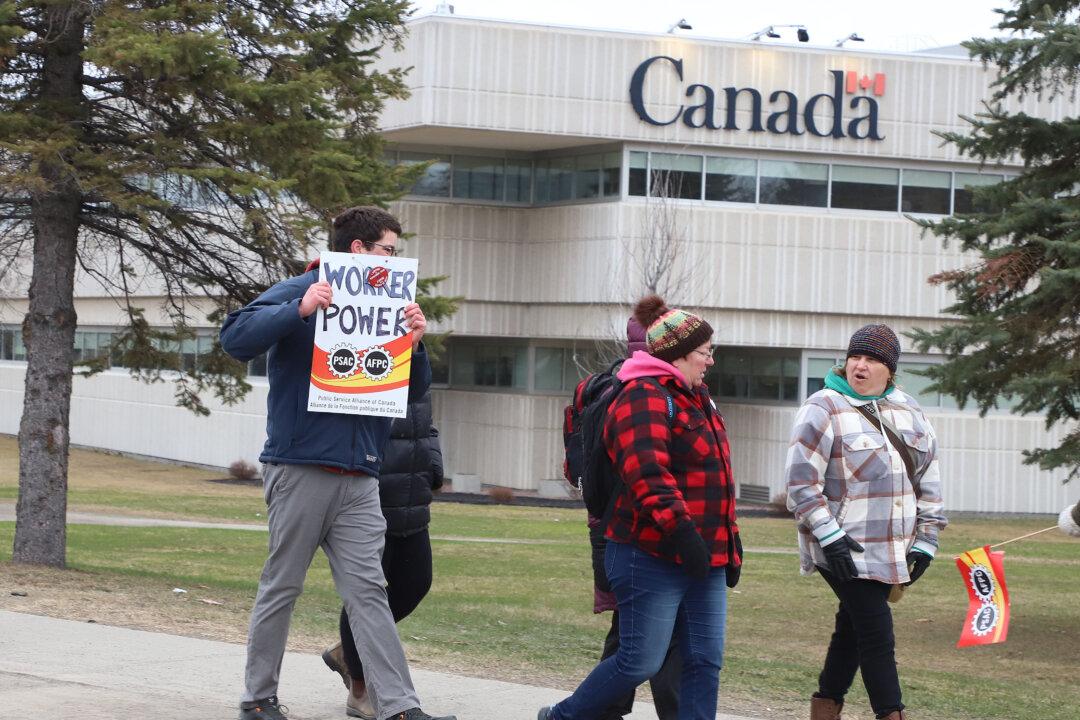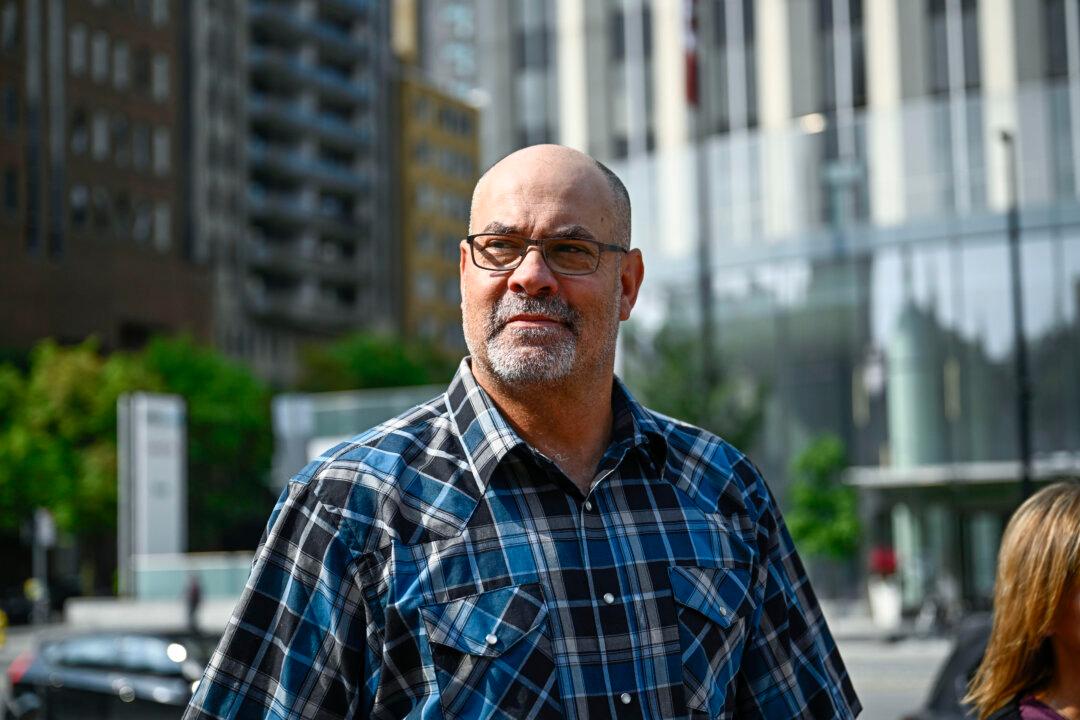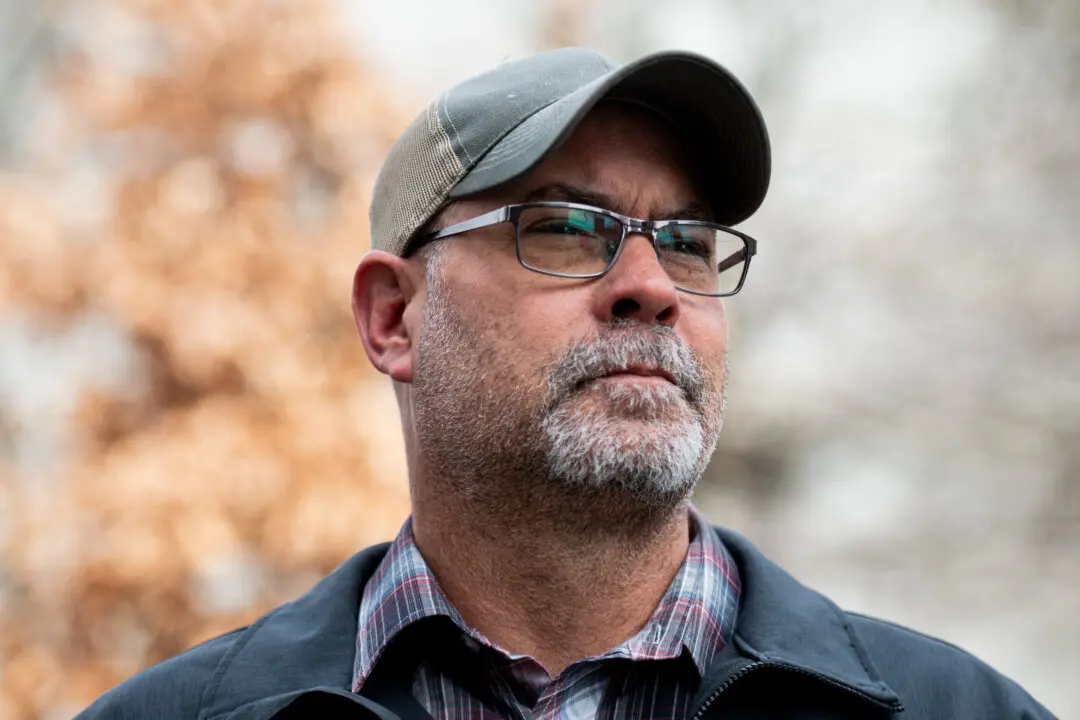As the strike by 155,000 workers of the Public Service Alliance of Canada (PSAC) enters its third day, Canadians from coast to coast are wondering how long the strike might last, and how it could end.
Two PSAC groups—a larger Treasury Board group of more than 120,000 workers across several government departments and a smaller group of more than 35,000 workers at the Canada Revenue Agency (CRA)—have been striking nationwide since the federal government and PSAC failed to reach a deal before an April 18 evening deadline. Board workers set up picket lines at more than 250 locations across Canada, including eight in the Ottawa-Gatineau region.





